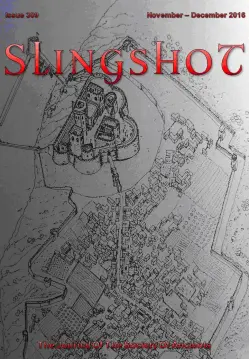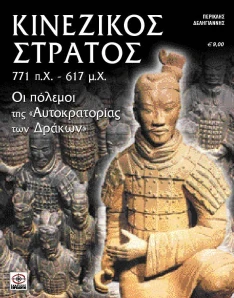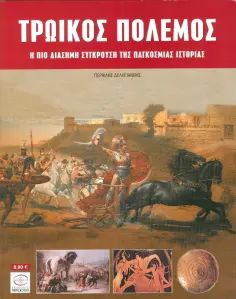 Without wasting any time, the legionaries of Legio X crossed again the river Sabis to help Caesar’s men against the Nervii. Reenactment of imperial era legionaries by the Polish Historical Association Legio XXI Rapax, photo by Cezary Wyszynski.
Without wasting any time, the legionaries of Legio X crossed again the river Sabis to help Caesar’s men against the Nervii. Reenactment of imperial era legionaries by the Polish Historical Association Legio XXI Rapax, photo by Cezary Wyszynski.
.
By Periklis Deligiannis
.
CONTINUED FROM PART I
.
Caesar marched with his six oldest legions towards the river Sabis sending first a body of cavalry to find a safe location where he would establish his camp. The newly founded XIII and XIV Legions followed at a distance, protecting the Roman supply convoy.
The Roman cavalry corps had crossed the river Sabis to its right bank along with bodies of light infantry and skirmishers in order to oversee the Belgae. However, the Celts suddenly dashed from the forest, screaming war cries and brandishing their swords. Soon they repelled the terrified Caesarian cavalrymen and crossed the river swimming. When they reached its left bank they began ascending speedily the hillside, heading towards the top of the hill where the Roman soldiers were working on the construction of the camp. Caesar found himself in a very difficult situation since he had to act instantly to rescue his unorganized and unarmed legionaries. He had to give orders to sound the bucinae, to raise the red vexillia calling the legionaries to hurry for battle, to gather his men who were cutting trees, etc., all this ‘in just a moment’ as he characteristically writes in his memoirs.
Fortunately for the Romans, Caesar had ordered his officers not to leave their soldiers until the construction was completed; thereby they were able to quickly gather their legionaries. The Romans were additionally helped by the high level of their military training and discipline. When the more isolated legionaries realized the danger of the stormy attack of the Belgians, acted with characteristic collectedness. They did not search for their units; on the contrary they grabbed their arms and armour and ran to the nearest Roman vexillium (war standard) that was lifted up. Thus in an incredibly short time, a battle line was formed. It was a typical manifestation of the robust organization and discipline of the Roman army, one of the many features that made it an unconquerable (invictus) killing machine.
More











